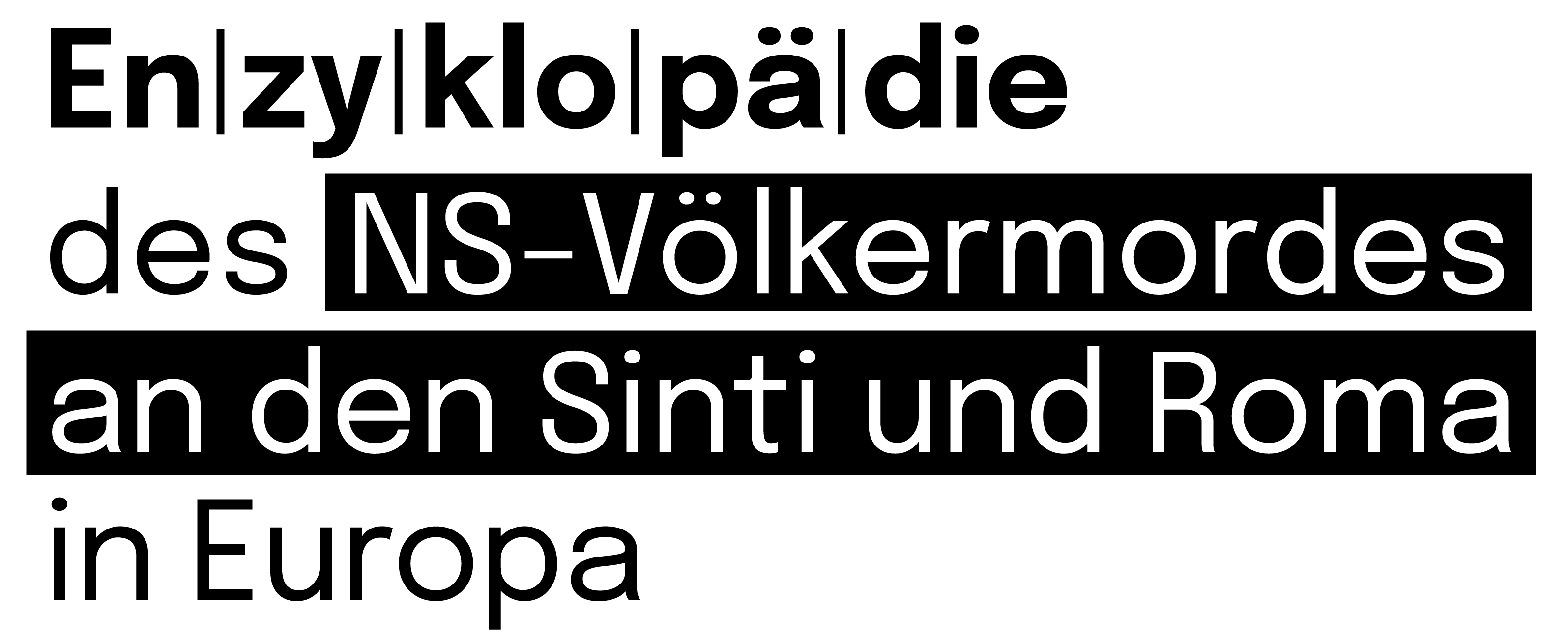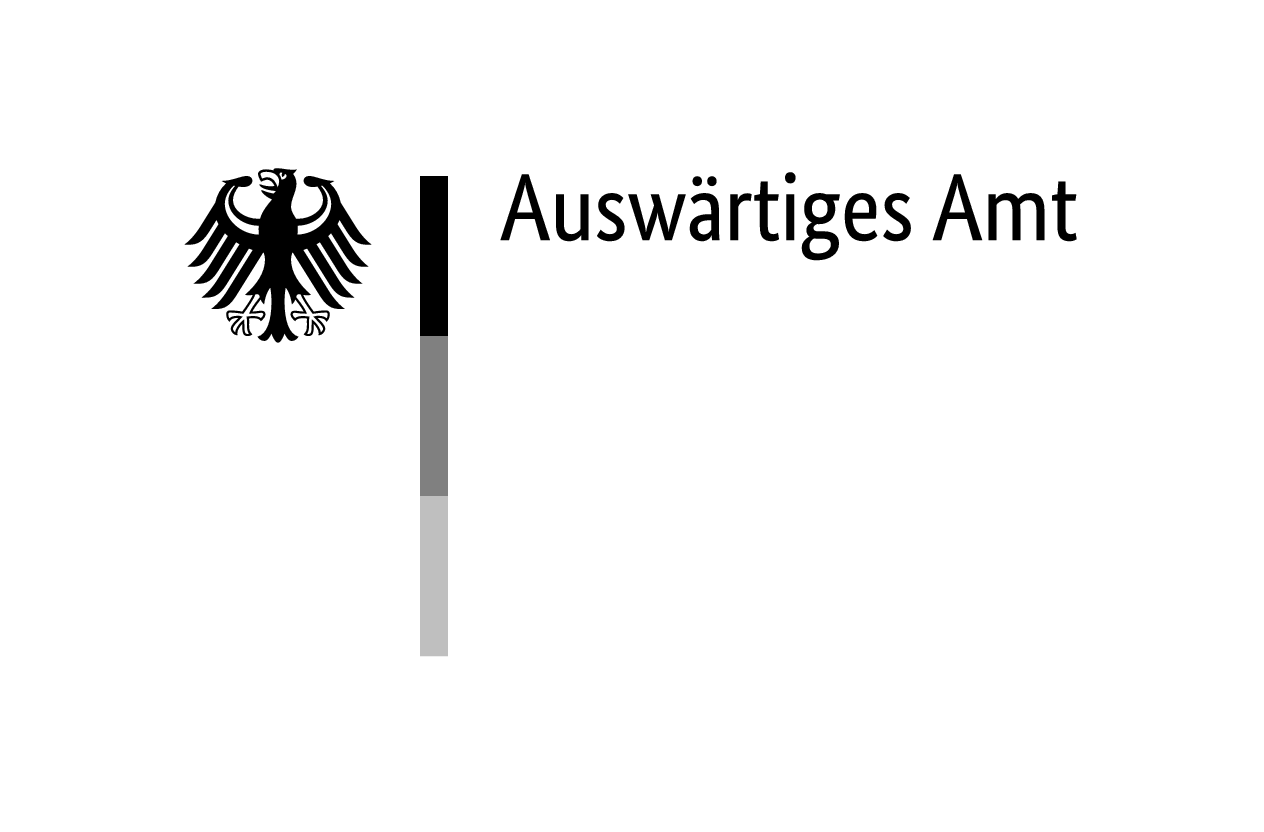Franz Böhme was born in the Styrian town of Zeltweg, Austria, on 15 April 1885. He was an officer in the Austro-Hungarian Army during World War I, and continued his military career in the Austrian Army afterwards. From 1935 to 1938, he held the position of Chief of Military Intelligence [Chef des militärischen Nachrichtendienstes]. After the ‘Anschluss’ in March 1938, he became a high-ranking Wehrmacht officer and participated in the invasion of Poland and France at the head of the 30th and later the 32nd Infantry Division. General Franz Böhme is among the main perpetrators of the crimes committed by the Wehrmacht in the autumn of 1941 in Serbia, including the mass murder of male Jews and Roma.
Plenipotentiary Commanding General in Serbia
After unsuccessful attempts during the summer of 1941 to suppress the partisan uprising in Serbia, General Wilhelm List (1880–1971), the Commander of the German Forces in Southeast Europe [Wehrmachtbefehlshaber Südost], asked the High Command of the Wehrmacht [Oberkommando der Wehrmacht] to send General Böhme with an infantry division to Serbia with orders to pacify the region. Böhme arrived in Serbia on 18 September 1941 as Plenipotentiary Commanding General in Serbia [Bevollmächtigter Kommandierender General in Serbien], and at the same time the 342nd Infantry Division was transferred from France to Serbia.
Böhme immediately started to implement severe punitive measures against the civilian population in order to deter the partisans from further attacks, especially in the northwestern territories of Serbia where the partisans were liberating entire towns and villages. On that occasion, he issued an order which included mass reprisals against the civilian population in Western Serbia. Women and children were accused of helping the partisans by collecting information and supplying them, and for this reason they were to be considered as enemies as well. Partisans were to be treated as outlaws, settlements were to be burned, and the entire male population between 15 and 60 was to be arrested and taken to a concentration camp.
Killing of Hostages
Starting from early October 1941, Böhme’s reprisal orders were carried out following the decision taken by the High Command of the Wehrmacht according to which in the territories where a partisan presence was registered 100 hostages were to be shot for every German killed and 50 for every one wounded. On 10 October 1941 Böhme ordered that all communists, all suspicious men, all (male) Jews and a certain number of nationalist or democratic-minded citizens be arrested and held as hostages. In case of an attack on German soldiers or Volksdeutsche (ethnic Germans), hostages would be shot.
A few days after this order was issued, in response to a partisan attack near the town of Topola in which 21 German soldiers perished, Böhme ordered the shooting of 2,100 communists, Jews and Roma from the concentration camps Šabac and Topovske šupe. On that occasion, Harald Turner (1891–1947), Chief of the Administrative Staff of the Military Commander of Serbia, decided to hand over Roma instead of communists. Hostages were shot in Zasavica, near Šabac, and Jabuka near Pančevo. A further 2,200 Jews and Roma were murdered at the end of October and early November 1941 in response to a partisan attack near Valjevo. In this case, hostages were shot also in Jajinci, near Belgrade. Massacres of Serbian civilians were also committed in Kraljevo, Kragujevac, Draginac and elsewhere.
Böhme stayed in Belgrade until the beginning of December 1941, when he was replaced by General Paul Bader (1883–1971). After serving in Finland (1941 to 1943), Austria (1944) and again in the Balkans (1944), Böhme was transferred to Army High Command Leader Reserve. At the end of the war he was Head of all German military forces in Norway [Wehrmachtbefehlshaber in Norwegen], where he was taken prisoner by the British Army.
‘Hostages Trial’ in Nuremberg
After the war, the Allies sent him to the Nuremberg Tribunal for crimes committed in Southeastern Europe (Case VII), also called the ‘Hostages Trial’. He committed suicide in prison on 29 May 1947, before the arraignment.




